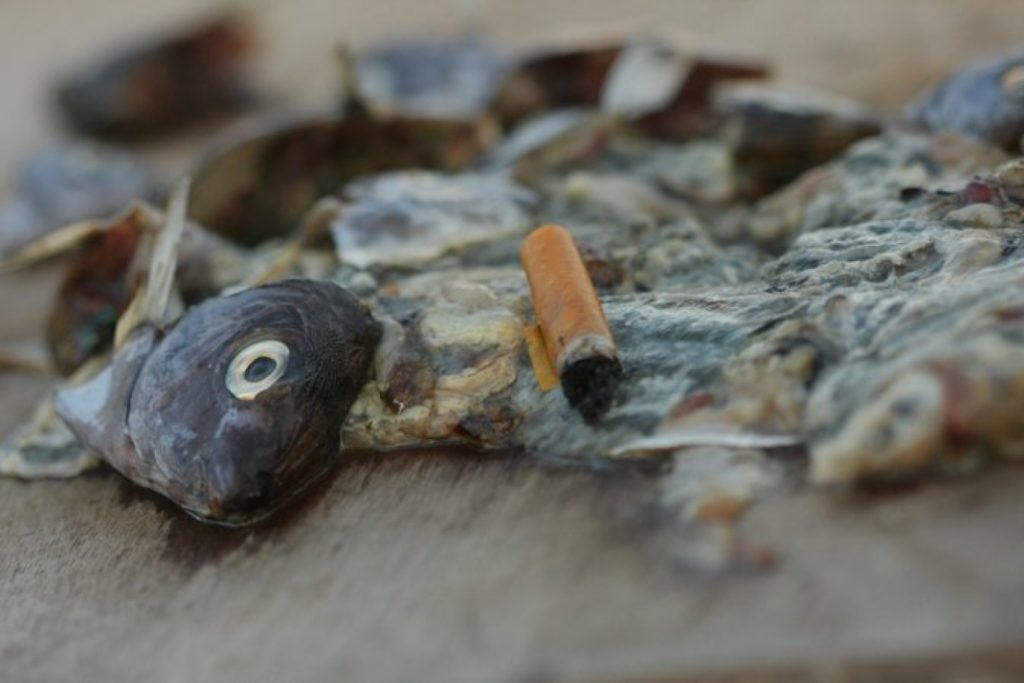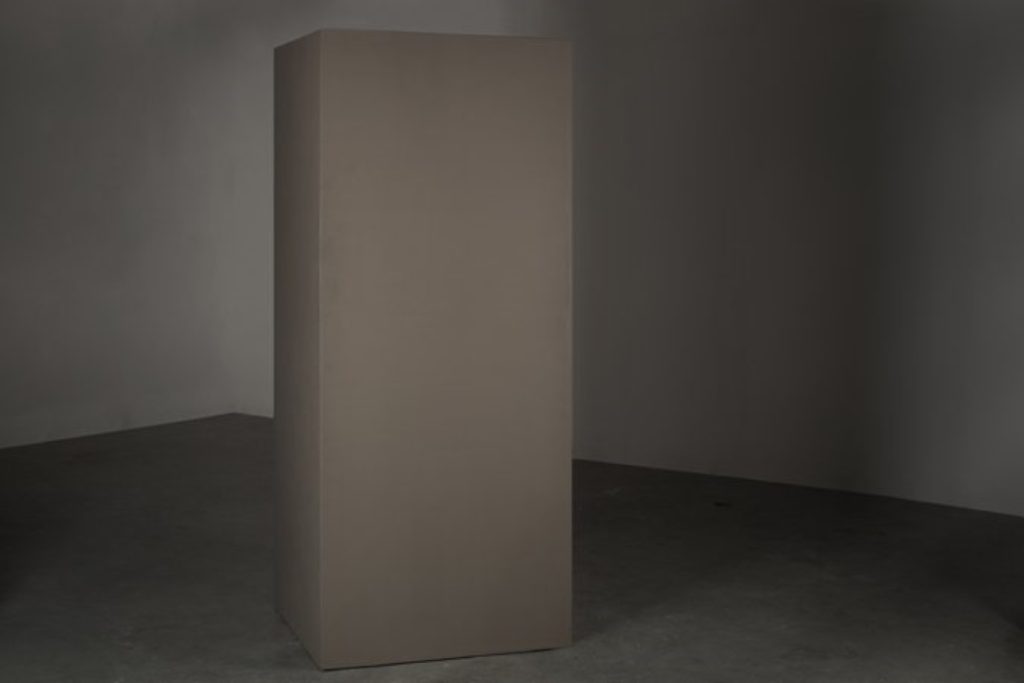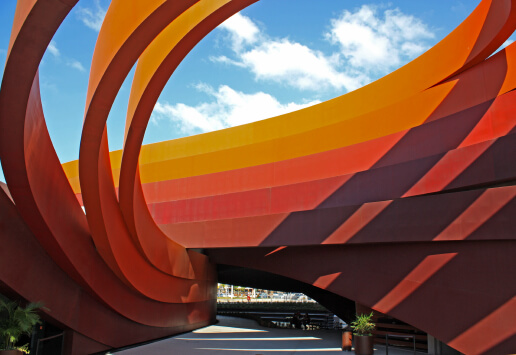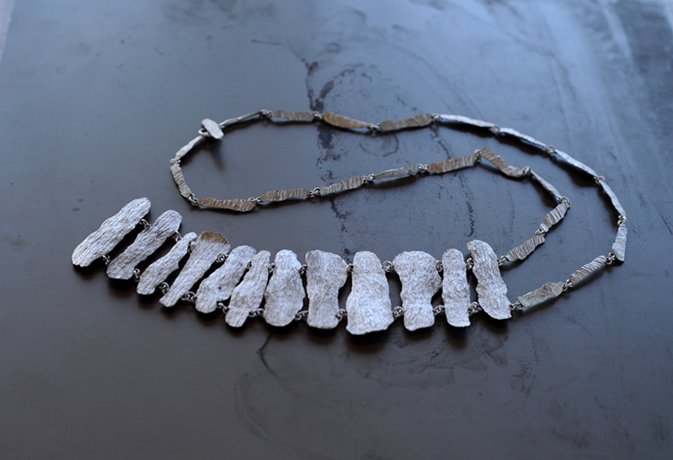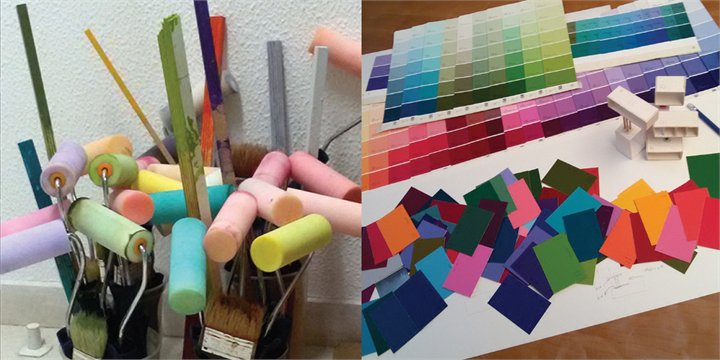Three recommendations for design experience outside the center
Objective: a thing aimed at or sought; a goal
In an era in which the words “desirable destination” (“desirable object”, “desirable job”, and every other conjugation and collocation with the word “desirable”) suffer from substantial inflation, there is something refreshing in the name of the exhibition “Objective” by designers Ezri Tarazi and Haim Parnas. Although this ability of these two experienced designers to play not only with material, technology, and form, but also with words and their attendant meanings, is not a central feature of the exhibition, it does attest to the genuine pleasure gained from using words, contemplating them, shaping them, displacing them, and deconstructing and reconstructing them, just like material. This pleasure is not self-evident in the world of design and undoubtedly adds a fascinating layer to our viewing.
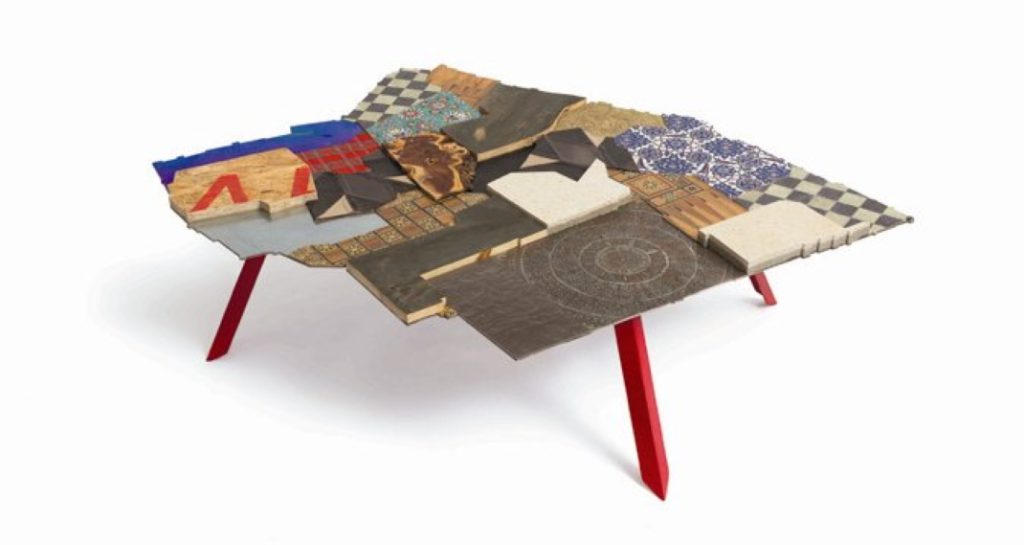
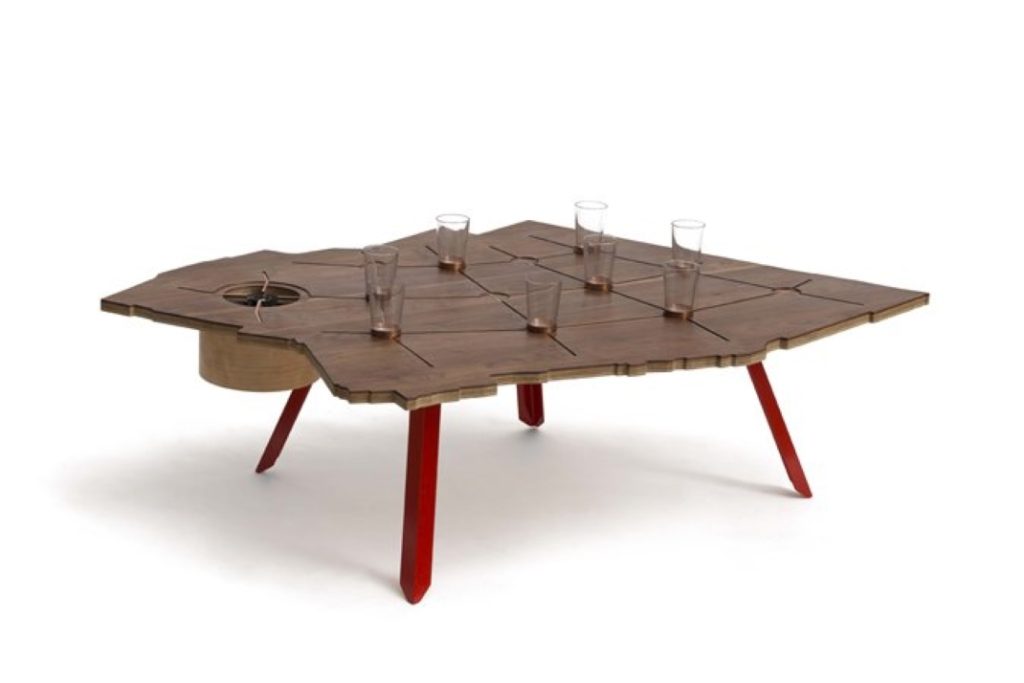
In the exhibition, showing in the unusual space of the Tower of David in Jerusalem, Tarazi and Parnas exhibit objects inspired by the City of Jerusalem. “Dirt from Your Earth”, “Maqam Makom (Place)”, and “Dressed Stone” are some of Ezri Tarazi’s spectacular tables that present the transformation Jerusalem is undergoing and the materials unique to it, as well as the designer’s ability to tell an intricate and meaningful story through a functional object. Haim Parnas’s “Ammunition Hill”, “Grafting”, and “Fragments” attest to his ability to gather, displace, and create a language that focuses attention on commonplace everyday words.
Haim Parnas (from left to right, clockwise) Corned Beef Finjan 2015, Tinned Finjan 2015, Double Twist Finjan 2015, Smoke Finjan 2015, Ottoman Army Finjan with Folding Handle (earlt nineteenth century, Bulgaria), Cartidge Finjan 2015.
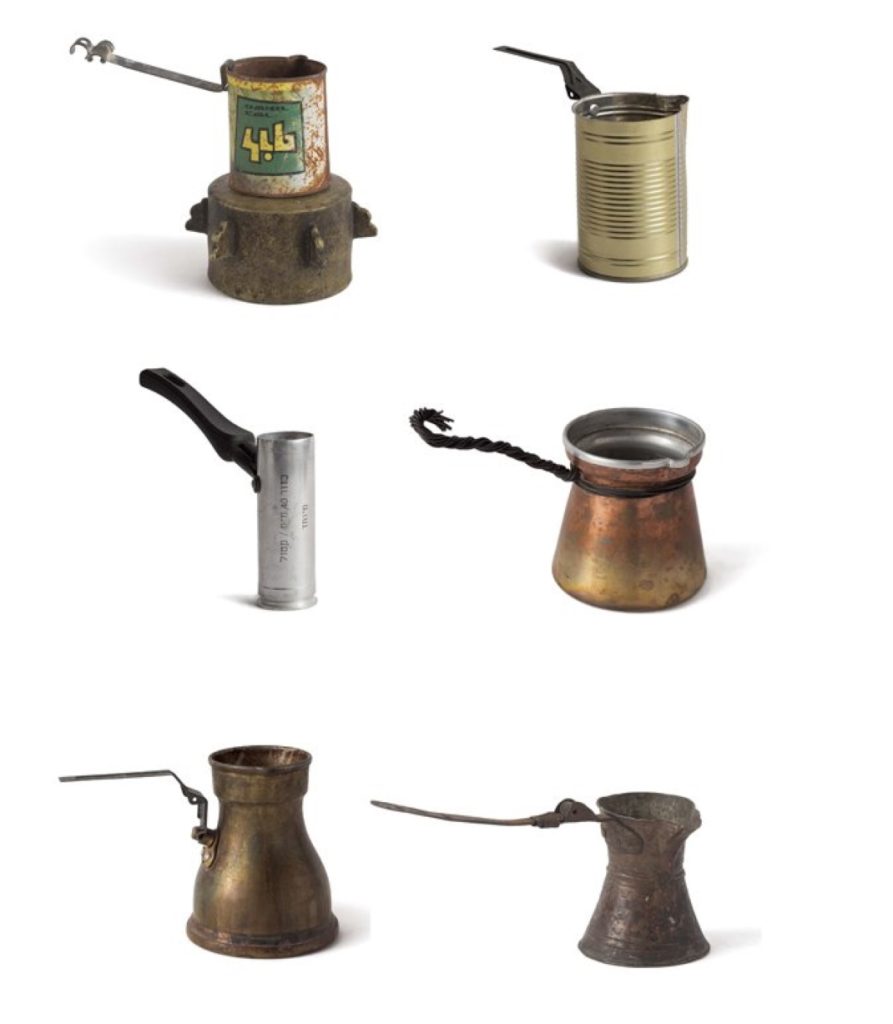
“Objective” is showing in Tower of David, Museum of the History of Jerusalem, until the end of 2015. Curator: Smadar Keren.
A tour of the graduate exhibitions in the various design academies reveals more and more projects engaging in personal expression and contending with situations of personal and collective adversity. Personal expression and employing creativity as a therapeutic mechanism are often welcome; however in many projects the “concept” occupies such a central place, leaving little or no room for execution and technical abilities.
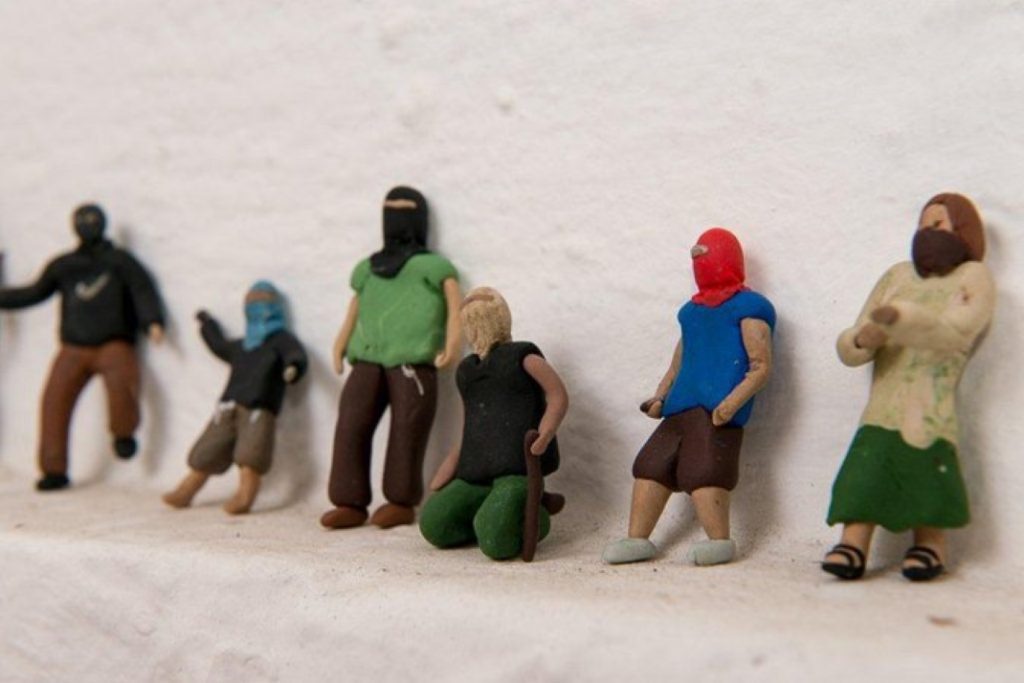
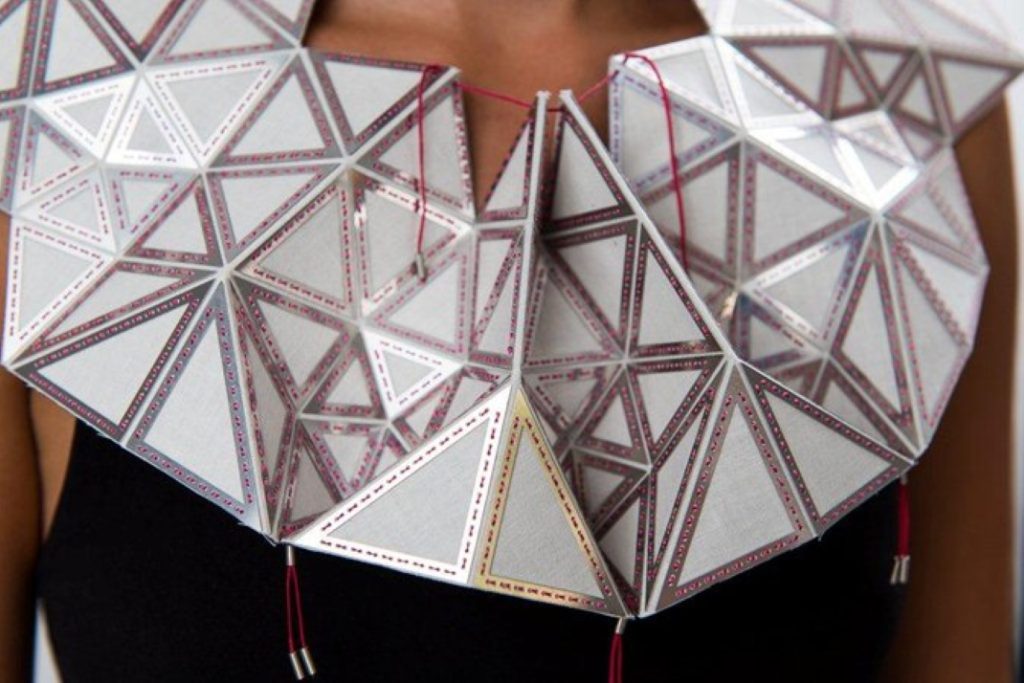
This is why it was so refreshing to see the graduate projects in The Arts Institute at Tel-Hai Academic College in which engagement in material and technique, as well as material, esthetic, and morphological research, are so central to the students’ work that they create projects at such a high standard in which the “concept” and idea are the initial basis and source of inspiration, not the most important aspect.
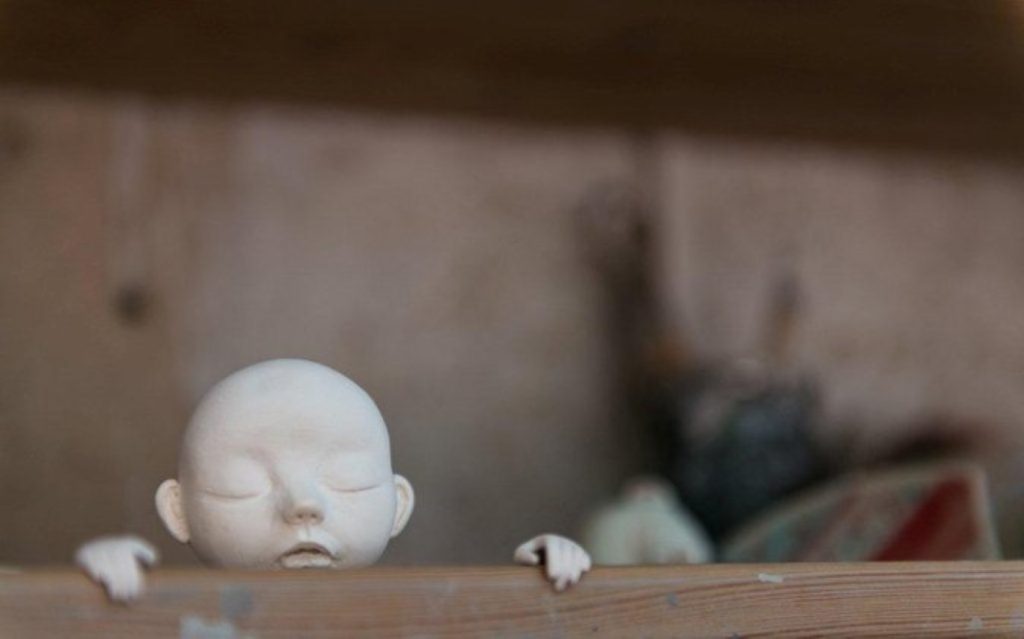
The graduate exhibition is, of course, no longer showing, but for art and design lovers Tel Hai Academic College should without doubt constitute a destination and an objective.
A young man imprisoned in a black box. Inside he has food and water, a mobile telephone, and everything he needs for all the hours of every day that the exhibition is open. He communicates with the outside with feeble sentences, repeats again and again the words “It’s hard to breathe” and “I’m testing my own limits”. This black box and the actual student inside it, Zohar Sheleg, is one of the graduate projects in the Department of Photography at the NB/WIZO Haifa School of Design. The location of this project in the Department of Photography raises quite a few questions, such as what is the connection between it and photography (besides the fact that it is a black box of course)? Questions that join questions the project itself raises.
Amit Zoller, head of the Department of Photography, Media, and Non-Fiction Film, described Zohar Sheleg’s project:
“It is a performance that cannot be viewed which communicates with the act of seeing in general and with the invisible as a parable of the divine. That is why the structure is reminiscent of the Ka’aba or any other monolith. In retrospect, it is not clear whose is the performance: the audience’s as they wonder about the presence or absence of the person inside, or the artist’s inside the structure, and one can but wonder about his activity or inactivity. Similar actions were carried out by video artist Vito Acconci in the early 1970s.”
A different way of contending with fears is documented in Avi Ben Zaken’s “WhiteDwarf” – a docu-musical film documenting a period in which he suffered from depression, stopped creating music, and moved to photography. Against the backdrop of rocket attacks on Haifa and the Krayot during the Second Lebanon War, Ben Zaken sketches a portrait of a place entirely colored in hues of an aching soul. (Click here to view the film)
